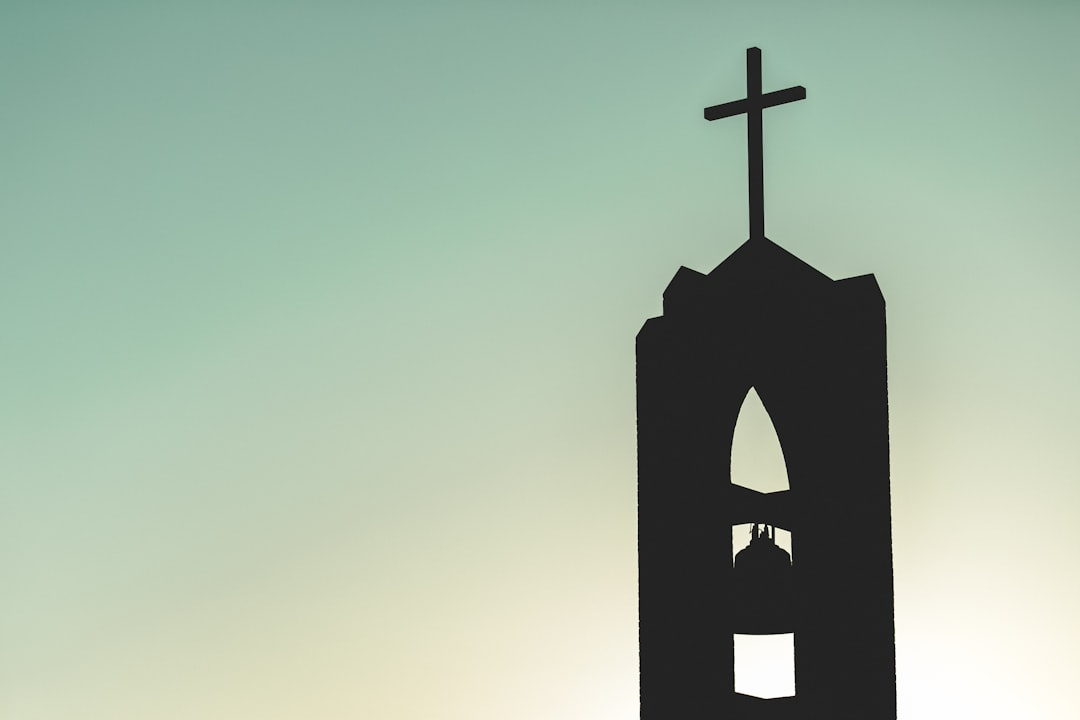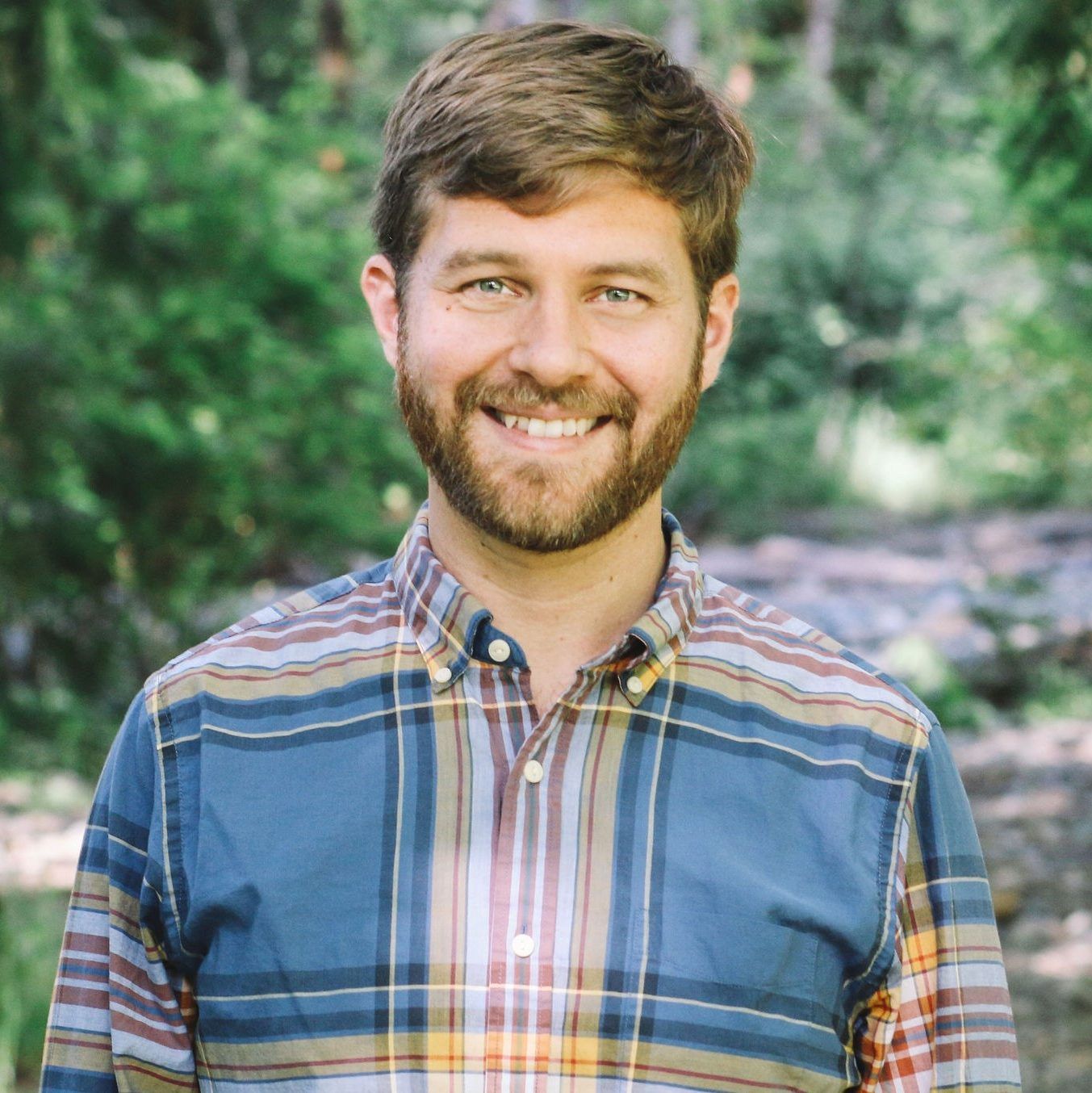An Invitation to the Fullness of Time
Jan 13
/
Drew Dixon

It has been nearly two weeks since we began new calendars for the year. By now, Christmas and New Year’s celebrations seem far off in the rear-view mirror. In fact, many of us have probably already taken up and forgotten a few resolutions as time zooms on. Theologian Andrew Root has written about this experience: “What it means to be living in a modern age (in modernity) is to have our lives continually and constantly accelerated.” An accelerated experience of time is a core characteristic of the age we live in.
This is why events from a mere two or three weeks past can seem like an eternity ago—and not in a good and beautiful way, but in an exhausting and wearying way. Root observes that in the modern age “fullness” has been replaced by “busyness.” And so our experience of time has become shallow and hurried rather than sacred and holy.
Many have recently spoken of “Ringing in the New Year,” but there was once an age when time was literally kept by ringing bells in town centers atop church steeples. The people of God were the community timekeepers; people traditionally responded to the bells by “praying the hours.” But in the late 19th century, church bells were steadily replaced by train whistles; prayers were replaced by the hurried loading and unloading of passengers and cargo. These train stations led to standardized time-zones, making transit and transaction the new lord of time. Today, train whistles have given way to the buzz of smartphones, our latest means of transit and transaction which continue ruling our days and accelerating our hours.
“Acceleration has the effect of stripping the sacred out of time,” Root concludes. This brief history of time-keeping shows how this has, quite literally, occurred as time-keeping moved from places of worship to places of commerce. Now time-keeping devices prompt us to pay or post—not pray.
Though Christmas and New Year’s seem far away, I invite you to look into that rear-view mirror and observe the notice at the bottom: “OBJECTS IN MIRROR ARE CLOSER THAN THEY APPEAR.” Acceleration is a mirage of our modern age. There is another way to experience time.
Consider how Christmas is described in Galatians 4: “When the fullness of time had come, God sent his Son, born of a woman, born under the law, in order to redeem those who were under the law, so that we might receive adoption as children.” (Galatians 4:4-5 NRSV)
The fullness of time… This evocative phrase speaks to something in the heart of God who came to redeem us and also says something about us, who are called beloved children of God. This phrase invites us out of time ruled by transit and transaction and into time marked by redemption and belovedness; out of artificial acceleration and into sacred fullness.
The Greek language offers us two different words for these two different approaches to time. One is chronos—where we get our word chronological—which refers to sequential time, depicted as a flat timeline with past, present, and future. But another word for time is kairos, which typically refers to an experience of time with depth—not so much quantity but quality. Kairos is a way of referring to the fullness of time.
The spiritual writer Abraham Joshua Heschel writes, “Everyone will admit that the Grand Canyon is more awe-inspiring than a trench. Everyone knows the difference between a worm and an eagle. But how many of us have a similar sense of discretion for the diversity of time?” Most of us live by flatline chronos-time. But God invites us into the depth of kairos-time—sacred time—the fullness of time.
How might we re-infuse the sacred into our experience of time? Let me offer three practices:
Sabbath. Heschel has written an invaluable little book on the practice of Sabbath, describing it as “a cathedral in time.” As he reflects on the story of God in scripture, he observes how most gods dwell in space (usually a temple at a particular location), but the God of scripture has chosen to dwell in time by setting apart a particular day called Sabbath. This temple is accessible to anyone who will set aside time to pause and become present to the Presence of God. Whether a full day or a few hours, when might you set apart some time to cease your doing and simply be? Consider this Sabbath blessing to draw you into the practice.
Praying the Hours. In Psalm 55:17 the psalmist prays, “Evening, morning and noon I cry out…” Early Christians followed this rhythm by praying three times a day. Just as monks and nuns respond to the ringing of bells throughout the day with prayer, we too can sanctify time by pausing to pray the hours. At morning, midday, and evening allow your day to begin, end, and be interrupted by prayer. It can be as simple as praying a psalm or the Lord’s Prayer or expressing gratitude. I commend Lectio365, an app with guided morning, midday, and evening prayer everyday.
Feasting in Community. A final practice that never ceases to draw me into the fullness of time is feasting in community. This requires planning and preparation, but gathering around the table together always seems to make time stand still. It is no coincidence that Jesus called his followers to remember him with a meal (Luke 22:19-20) or that the story of scripture culminates in a feast (Revelation 19:9). As we eat and share, our bodies and souls are drawn into the depth of the fullness of time. As you gather, consider this Liturgy for Feasting with Friends.
As you continue through this year, may you be drawn into the fullness of time. May you know not only the shallow hurry of chronos time but also the depth and fullness of kairos time. May God meet you in each moment and draw you into redemption and love—the fullness of time.
This is why events from a mere two or three weeks past can seem like an eternity ago—and not in a good and beautiful way, but in an exhausting and wearying way. Root observes that in the modern age “fullness” has been replaced by “busyness.” And so our experience of time has become shallow and hurried rather than sacred and holy.
Many have recently spoken of “Ringing in the New Year,” but there was once an age when time was literally kept by ringing bells in town centers atop church steeples. The people of God were the community timekeepers; people traditionally responded to the bells by “praying the hours.” But in the late 19th century, church bells were steadily replaced by train whistles; prayers were replaced by the hurried loading and unloading of passengers and cargo. These train stations led to standardized time-zones, making transit and transaction the new lord of time. Today, train whistles have given way to the buzz of smartphones, our latest means of transit and transaction which continue ruling our days and accelerating our hours.
“Acceleration has the effect of stripping the sacred out of time,” Root concludes. This brief history of time-keeping shows how this has, quite literally, occurred as time-keeping moved from places of worship to places of commerce. Now time-keeping devices prompt us to pay or post—not pray.
Though Christmas and New Year’s seem far away, I invite you to look into that rear-view mirror and observe the notice at the bottom: “OBJECTS IN MIRROR ARE CLOSER THAN THEY APPEAR.” Acceleration is a mirage of our modern age. There is another way to experience time.
Consider how Christmas is described in Galatians 4: “When the fullness of time had come, God sent his Son, born of a woman, born under the law, in order to redeem those who were under the law, so that we might receive adoption as children.” (Galatians 4:4-5 NRSV)
The fullness of time… This evocative phrase speaks to something in the heart of God who came to redeem us and also says something about us, who are called beloved children of God. This phrase invites us out of time ruled by transit and transaction and into time marked by redemption and belovedness; out of artificial acceleration and into sacred fullness.
The Greek language offers us two different words for these two different approaches to time. One is chronos—where we get our word chronological—which refers to sequential time, depicted as a flat timeline with past, present, and future. But another word for time is kairos, which typically refers to an experience of time with depth—not so much quantity but quality. Kairos is a way of referring to the fullness of time.
The spiritual writer Abraham Joshua Heschel writes, “Everyone will admit that the Grand Canyon is more awe-inspiring than a trench. Everyone knows the difference between a worm and an eagle. But how many of us have a similar sense of discretion for the diversity of time?” Most of us live by flatline chronos-time. But God invites us into the depth of kairos-time—sacred time—the fullness of time.
How might we re-infuse the sacred into our experience of time? Let me offer three practices:
Sabbath. Heschel has written an invaluable little book on the practice of Sabbath, describing it as “a cathedral in time.” As he reflects on the story of God in scripture, he observes how most gods dwell in space (usually a temple at a particular location), but the God of scripture has chosen to dwell in time by setting apart a particular day called Sabbath. This temple is accessible to anyone who will set aside time to pause and become present to the Presence of God. Whether a full day or a few hours, when might you set apart some time to cease your doing and simply be? Consider this Sabbath blessing to draw you into the practice.
Praying the Hours. In Psalm 55:17 the psalmist prays, “Evening, morning and noon I cry out…” Early Christians followed this rhythm by praying three times a day. Just as monks and nuns respond to the ringing of bells throughout the day with prayer, we too can sanctify time by pausing to pray the hours. At morning, midday, and evening allow your day to begin, end, and be interrupted by prayer. It can be as simple as praying a psalm or the Lord’s Prayer or expressing gratitude. I commend Lectio365, an app with guided morning, midday, and evening prayer everyday.
Feasting in Community. A final practice that never ceases to draw me into the fullness of time is feasting in community. This requires planning and preparation, but gathering around the table together always seems to make time stand still. It is no coincidence that Jesus called his followers to remember him with a meal (Luke 22:19-20) or that the story of scripture culminates in a feast (Revelation 19:9). As we eat and share, our bodies and souls are drawn into the depth of the fullness of time. As you gather, consider this Liturgy for Feasting with Friends.
As you continue through this year, may you be drawn into the fullness of time. May you know not only the shallow hurry of chronos time but also the depth and fullness of kairos time. May God meet you in each moment and draw you into redemption and love—the fullness of time.

Drew Dixon
Drew Dixon is a minister and spiritual director in Auburn, WA who longs to serve and support people in the way of Christ through teaching, spiritual formation, and pastoral care. Drew currently serves at the Federal Way Church of Christ where he regularly preaches, creates spiritual resources, and provides care to the congregation.
He also facilitates listening spaces for individuals and community through individual and group spiritual direction and as a coordinator with Renovaré’s Fellowship of the Burning Heart. During his downtime, Drew enjoys slow mornings, scenic walks, deep conversations, watching films, reading fantasy, history, and spiritual writings, and spending time with his wife, Katelyn.
You can learn more about him on his website at https://drewldixon.com/
Drew Dixon is a minister and spiritual director in Auburn, WA who longs to serve and support people in the way of Christ through teaching, spiritual formation, and pastoral care. Drew currently serves at the Federal Way Church of Christ where he regularly preaches, creates spiritual resources, and provides care to the congregation.
He also facilitates listening spaces for individuals and community through individual and group spiritual direction and as a coordinator with Renovaré’s Fellowship of the Burning Heart. During his downtime, Drew enjoys slow mornings, scenic walks, deep conversations, watching films, reading fantasy, history, and spiritual writings, and spending time with his wife, Katelyn.
You can learn more about him on his website at https://drewldixon.com/

